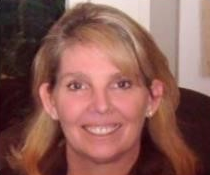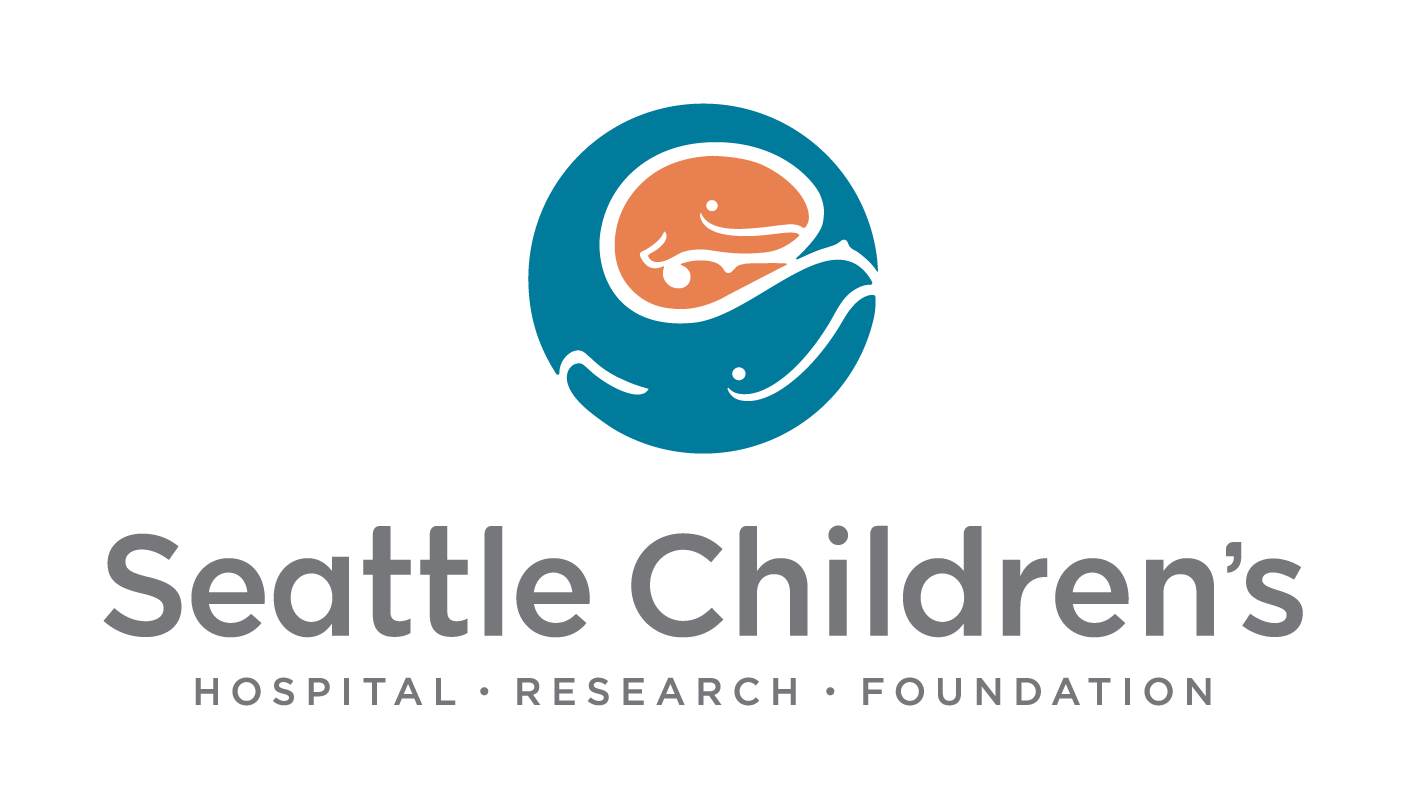- FHCQ Foundation for Health Care Quality
- COAP Care Outcomes Assessment Program
- Spine COAP Care Outcomes Assessment Program
- SCOAP Care Outcomes Assessment Program
- OBCOAP Care Outcomes Assessment Program
- CBDR
- Smooth Transitions
- WPSC Patient Safety Coalition
- Bree Collaborative Bree Collaborative
- Health Equity Health Equity
- Admin Simp
- Contact Us
CHAMPIONING SAFETY AFTER A SERIOUS ADVERSE EVENT

CHAMPIONING SAFETY AFTER A SERIOUS ADVERSE EVENT
by Jacqueline Valentine, Director of Patient Safety, Seattle Children’s
A behind-the-scenes look at what one hospital has done to turn tragedy into an ambitious opportunity to build a stronger base of safety culture into their organization with the goal of zero preventable harm.
About Seattle Children’s
Seattle Children’s is an independent children’s hospital founded over 100 years ago by Anna Clise, whose vision stands firm today: to provide care to provide care for all children in our region, regardless of their family’s ability to pay. Operating in the WAMI (Washington, Alaska, Montana, Idaho) region, we offer tertiary and quaternary care and have c over 8,000 staff and faculty members.
What is the patient safety concern you or your organization is aiming to address?
In our last five-year strategic plan, safety was specifically called out as a goal for the first time. This was following our tragic and publicized safety events, when in 2010 an infant died from an adverse event related to an improper medication dosage. Wanting to do everything possible to prevent such an event from reoccurring, the board set the audacious goal of eliminating all preventable harm.
At the same time, a group of leaders from high-reliability organizations like nuclear power, military and aviation industries, came together to form the HPI (Healthcare Performance Improvement) consulting team, now owned by Press Ganey. High-reliability organizations are industries that operate under highly complex and risky conditions, and experience less than their fair share of safety incidents. The HPI consulting group was gaining national momentum in working toward building the same reliability seen in their own industries into healthcare.
Seattle Children’s contracted with HPI, which now has over 900 institutions on the same journey as us: to build reliability within our processes, our people, and our organization. We are fortunate to have also joined the Children’s Hospitals’ Solutions for Patient Safety National Children’s Network (SPS for short), which is dedicated to eliminating harm across all children’s hospitals. This network has also partnered with HPI in their initial development and is using the same principles of safety culture and process reliability. The information and data we are gathering from these resources is helping us support the evidence base we need to get both the process and culture change necessary to reach our goals.
Describe the challenges your team or organization has faced, and how have you overcome these barriers?
There are several tactics the HPI group recommends to build an HRO (High Reliability Organization). A foundational element is training people in error prevention (EP) tools to prevent human error of lapses, communication, hand-offs and escalation. Another tactic is involving leaders in evidence-based leadership methods, which includes seven critical elements like leader rounding to influence (RTI), starting each meeting with a safety story, etc. After we trained 6,000 employees in these error prevention techniques and 700 leaders in the leadership methods, we realized that leaders needed more support in engaging their front-line staff and peer safety coaches to embed these error prevention tools into daily practice and habit.
Our HPI consultant visited Seattle Children’s to perform cultural assessments on a regular basis. During one visit he applied a tool called 5×5 rounding to assess how embedded the error prevention (EP) tool knowledge and culture was in each hospital unit. To do this, he asked five people from five different disciplines how they use the EP tools. The consultant admitted on his third visit that he’d expected a large jump in the original 20 to 40% recall rate he saw during his first and second assessment, but unfortunately this jump had not yet been achieved.
To help remedy this, we decided to incorporate our own monthly 5×5 rounding within patient safety in those high risk areas where we had to make our EP tools a habit and, in turn, learn how to support the unit and safety coaches within those areas. Using our strategy of focusing on the monthly tool with the lowest recall rate, we saw a slow improvement with tracking and sharing at operational leadership, but it still wasn’t enough.
Our idea, for further penetration of assessment and coaching opportunities was to have all directors and senior directors perform 5×5 rounding once a month in their areas. This way, we could reach and measure results from over 200 individuals each month. Plus, leaders would get a better feel for what their unit’s culture was. The expectation was that they would improve the knowledge of the tools by 80% by partnering with their safety coach.
The silver lining is that we have now trained all clinical and non-clinical directors in 5×5 rounding and are reporting the results to operational leaders (~120 forming 57 rounding groups). The training includes a webinar to review prior to taking a mandatory class on 5×5 rounding with a refresher on the tools, a simulation of a practice session, then a sign-off with observation of the coaching model. After that, the leader is certified to 5×5 round, which is both an audit and a coaching opportunity. It’s not meant to be a test.
What are the biggest contributors to the success of this patient safety project or initiative?
The support of Seattle Children’s board and senior leaders — who knew this was the right thing to do — in the oversight and the engagement that exists for this culture work was critical to our success. Key leaders are shown the way and share their learnings and influence. Safety coaches are also a huge part of bringing support and creativity to this initiative at a peer-to-peer level.
Outcomes
What have been the primary outcomes or impact of this work?
It’s been a journey since 2012. The good news: Our primary outcome of reducing our SSER (Serious Safety Event Rate), which we have tracked from a baseline following a retrospective review that revealed patient harm occurring an average of once every 22 days, has met with some encouraging success. This year we made it to 235 days between events! Overall, this equates to an 80% reduction in SSER and 50% fewer preventable harm events since last year.
How do we measure the impact on overall safety culture? The results of our AHRQ safety culture survey are illustrated by statistically significant increases in several domains. However, the one we see as the most significant is the results of the survey question “the overall rating I give my unit for patient safety,” which went from a 3.0 in 2012 to a 4.01 in 2015 (using the Likert scale of 1-5, where 1 is poor and 5 in excellent). In 2015 we met our safety goal of SSER reduction and we are proud that we have sustained the AHRQ culture of safety question score of 4.03 in FY16.
We are also proud of our ‘people bundle’ process metric of getting our error prevention tool recall rate from the initial 20 to 40% recall (staff members could name 1-3 tools to now, almost reaching our 80% goal by October 2016 at 79% in July.
“We do not compete with safety“
What have been the largest “lessons learned” in this effort?
Keeping this relentless drum beat takes time and resources. I would say that the only way to know if you are doing what you set out to do is to meet on the front line with as many individuals as possible. To really assess target improvement ideas, you must go and see them for yourself. I would recommend using the scientific model for improvement and the cycle of iterative change, employing appropriate process and outcome metrics with the power of Plan-Do-Check-Act cycles.
We all know that it’s hard to define culture, but you know it when you see it. You really do get goosebumps when you see a culture where leaders, staff members and safety coaches embrace the tools and core values of safety. The creativity is amazing. I also recommend visiting areas and facilities with notoriously strong safety cultures to meet with their staff members and learn from their ideas. And within your own organization, be sure to recognize and reward great error prevention behaviors.
What have the reactions of patients, families, and/or staff effected by the work been?
At the Family Advisory Council meeting, my physician partner, Dena Brownstein, MD, and I went to share our HRO safety journey. The council asked us, “If you are so focused on safety, why aren’t we seeing it posted and shared throughout the organization, and why aren’t we taught the tools?” This was in the early days when we were still getting our staff and leaders trained.
We would love to have a stronger safety campaign like some teams have across the nation, and we are engaging our family advisor from the patient safety sub-committee to work with our advisory committee on this front. This is now on the horizon, and our Psychiatry Behavioral Medical Unit is already teaching patients these safety tools as life skills. We also encourage staff members to try the tools at home. My own family knows and uses them! For example, we always use STAR tools — – Stop-Think-Act-Review — to make sure we have everything we need before we go to the car, then we use it again once we get in the car. My daughter will often say; “thanks, mom for reminding me to STAR before I got to the car. It would have been a real bummer/distraction forgetting X today!”
As far as staff engagement, we do still have the eye-rollers. One issue was terminology. We started with Crew Resource Management (CRM) and TeamSTEPPS with our faculty members and residents prior to joining HPI, so it was confusing to learn all the different acronyms. Now we are working with leaders on simulation classes and other curricula to make sure we are aligned with the language of the HPI tools. By role, the recall rate is the lowest among our physicians and residents. In the continuous improvement model we now have over 60 physician leaders rounding and reporting out to each other and our chief medical officer, and sometimes even our new CEO, leads the team on Monday morning huddles to reflect on the issues encountered during rounding.
If another organization took on a similar project, what would be your biggest suggestion?
Start any organization-wide cultural/educational initiative with the leaders. Do role play, have assignments to learn, set clear expectations and use tracking for coaching/supporting progress. Then, roll out initiatives to all front-line staff. If leaders are unclear and there are no check-ins or data to support the improvements, you will not change behaviors.
Know that the resource needs in terms of staff time for intense training can be huge. We estimated conservatively 12FTE just for training staff and leaders in error prevention training and leadership methods, respectively, and we continue to build the education into our new hire orientation.
Ask for help and learn from others. You have to make sure you have metrics built into your efforts, and the initiative has to be backed by your board and senior leaders. To that end, we have just set up a local HPI learning community with Group Health Cooperative, Providence Health and Services, and Swedish Medical Center. Seattle Children’s also does annual training of our board members with our HPI consultants. The motto for both HPI and SPS is: “We do not compete with safety” – and it’s one we’re proud to adopt.
About the Author


Jackie Valentine has been involved in quality and safety for over 20 years. A clinical pharmacist by background, Jackie found her passion for patient safety implementing the 100,000 Lives Campaign as the Medication Safety Officer at the University of Washington Medical Center in Seattle. In 2006, Jackie gained international experience when she relocated to the UK for 4 years initially starting as a Risk Manager in a large central London NHS hospital, partnering with a professor from this organization she supported the initiation of a $36 Million research grant to expedite research into practice. As the Program Lead for Acute Care projects in this program (NIHR Collaboration for Leadership in Applied Health Research and Care for Northwest London), she was managing 17 project teams across 9 northwest London hospitals to utilize improvement and manufacturing methodologies to reduce variations and improve patient outcomes. Returning to the States, Jackie was awarded the Patient Safety Director position at Virginia Mason Medical Center (VMMC) in Seattle. Gaining her leader certification in the Virginia Mason Production System, she led the efforts to take the patient safety alert system to the next level and leveraged VMMC commitment to lean methodology process for her MHA capstone project in developing a coordinated and synchronized support program for providers, patients/family, and staff member(s) following unanticipated outcomes. Jackie recently joined Seattle Children’s Hospital as the Director of Patient Safety and is leading the efforts on their journey in becoming a highly reliable organization and eliminating preventable harm by focusing on human behaviors and error prevention techniques.

